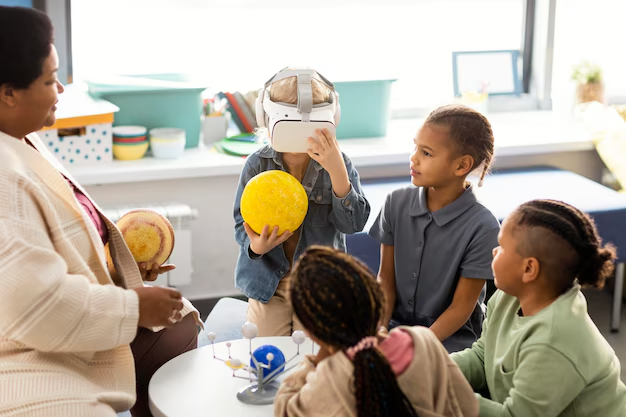
Introduction
- Definition of emotional intelligence and social-emotional learning (SEL)
- Importance of fostering emotional intelligence in education
- Overview of the post’s structure and key points
1. Understanding Emotional Intelligence
- Components of emotional intelligence: self-awareness, self-regulation, motivation, empathy, and social skills
- How emotional intelligence impacts student behavior and academic performance
2. The Importance of Social-Emotional Learning
- Benefits of SEL for students, including improved mental health and academic success
- Role of SEL in creating a positive classroom environment
3. Strategies for Educators to Foster Emotional Intelligence
- a. Building Strong Teacher-Student Relationships
- Techniques for establishing trust and rapport
- Importance of active listening and validation
- b. Implementing SEL Curriculum
- Examples of effective SEL programs and curricula
- Integrating SEL into existing subjects
- c. Promoting Mindfulness Practices
- Benefits of mindfulness in the classroom
- Simple mindfulness exercises to try with students
- d. Teaching Conflict Resolution Skills
- Strategies for teaching students to navigate conflicts
- Role-playing scenarios for practice
- e. Encouraging Empathy Development
- Activities that promote understanding and empathy
- Utilizing literature and storytelling to explore emotions
4. Creating a Supportive Classroom Environment
- Tips for fostering an inclusive and safe atmosphere
- Importance of classroom routines and community building
5. Assessing and Reflecting on SEL Progress
- Methods for evaluating the effectiveness of SEL initiatives
- Encouraging student self-reflection on emotional growth
6. Challenges in Implementing SEL
- Common obstacles educators may face
- Strategies for overcoming these challenges
Conclusion
In conclusion, fostering emotional intelligence in the classroom is a vital component of effective education that supports not only academic success but also the overall well-being of students. By prioritizing social-emotional learning (SEL), educators can create a nurturing environment where students feel safe to express themselves, develop critical interpersonal skills, and cultivate resilience.
Implementing strategies such as building strong teacher-student relationships, integrating SEL into the curriculum, promoting mindfulness, and teaching conflict resolution equips students with the tools they need to navigate their emotions and interactions. Moreover, creating a supportive classroom atmosphere fosters inclusivity and encourages a sense of community, allowing every student to thrive.
While challenges may arise in the implementation of SEL, the long-term benefits—improved mental health, better academic performance, and enhanced social skills—far outweigh these hurdles. As educators, we have the opportunity to influence the emotional and social growth of our students profoundly.
Let us commit to integrating emotional intelligence into our teaching practices, continuously reflecting on our approaches and sharing our experiences with one another. By doing so, we not only empower our students to succeed academically but also prepare them to become empathetic, emotionally intelligent individuals who can contribute positively to society. Together, we can foster a generation of learners equipped to face the challenges of the future with confidence and compassion.
